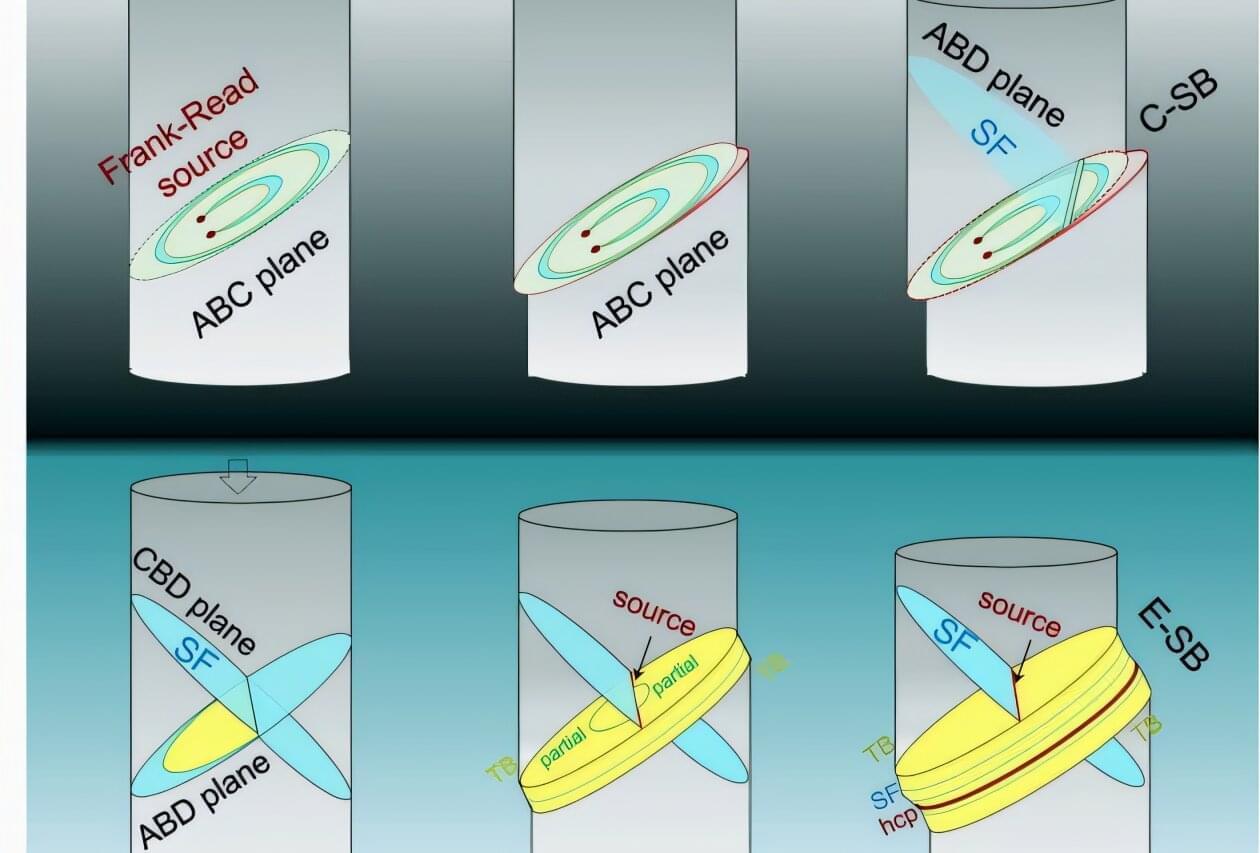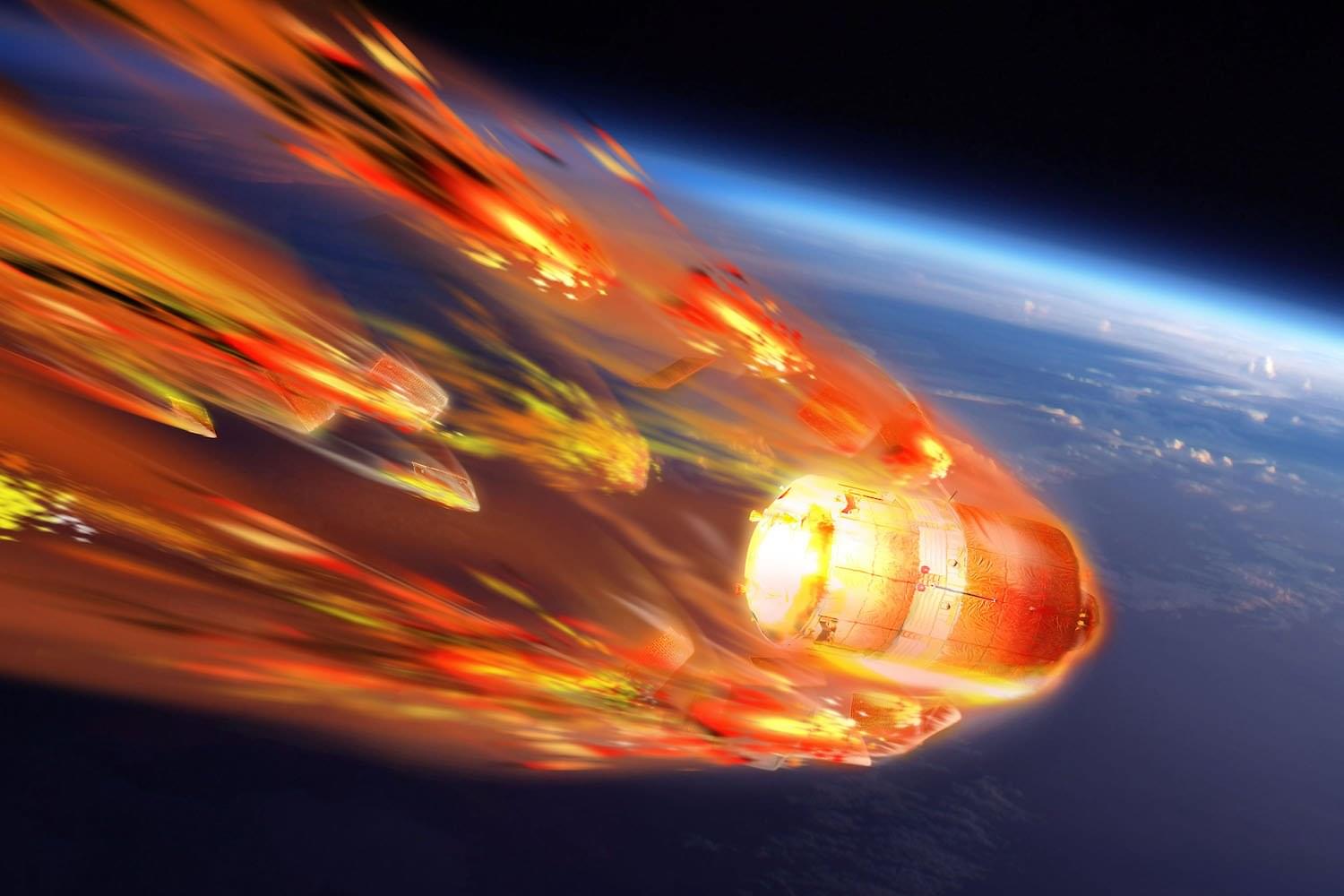Space agencies working on the NASA-led Artemis lunar exploration campaign said they plan to continue work on their contributions despite NASA’s current budget uncertainty, even as some consider alt…


In tomorrow’s world, cities may rise into the clouds, dive beneath oceans, or float among the stars—join us as we journey through these radical urban frontiers.
Watch my exclusive video Antimatter Propulsion: Harnessing the Power of Annihilation — https://nebula.tv/videos/isaacarthur–…
Get Nebula using my link for 40% off an annual subscription: https://go.nebula.tv/isaacarthur.
Get a Lifetime Membership to Nebula for only $300: https://go.nebula.tv/lifetime?ref=isa…
Use the link gift.nebula.tv/isaacarthur to give a year of Nebula to a friend for just $30.
Visit our Website: http://www.isaacarthur.net.
Join Nebula: https://go.nebula.tv/isaacarthur.
Support us on Patreon: / isaacarthur.
Support us on Subscribestar: https://www.subscribestar.com/isaac-a…
Facebook Group: / 1583992725237264
Reddit: / isaacarthur.
Twitter: / isaac_a_arthur on Twitter and RT our future content.
SFIA Discord Server: / discord.
Credits:
Cities of the Future.
Episode 498; May 8, 2025
Written, Produced & Narrated by: Isaac Arthur.
Edited by: Briana Brownell & Thomas Owens.
Graphics: Bryan Versteeg, Ervin Oprea, Ken York YD Visual, Sergio Botero.
Select imagery/video supplied by Getty Images.
Music Courtesy of Epidemic Sound http://epidemicsound.com/creator.
Chris Zabriskie, \
What is time? Speaking time travel, black holes and the remits of science. In this podcast conversation, we speak with Professor David Wilkinson — physicist and author of popular science books on Stephen Hawking to explore the question: can we ever fully understand time through science, or does it open up more mystery?
Owl in space at https://owlinspace.com

University of California, Irvine scientists have expanded on a longstanding model governing the mechanics behind slip banding, a process that produces strain marks in metals under compression, gaining a new understanding of the behavior of advanced materials critical to energy systems, space exploration and nuclear applications.
In a paper published recently in Nature Communications, researchers in UC Irvine’s Samueli School of Engineering report the discovery of extended slip bands—a finding that challenges the classic model developed in the 1950s by physicists Charles Frank and Thornton Read.
While the Frank–Read theory attributes slip band formation to continuous dislocation multiplication at active sources, the UC Irvine team found that extended slip bands emerge from source deactivation followed by the dynamic activation of new dislocation sources.
Interstellar travel, warp drive, faster than light travel, warp bubble, Alcubierre drive, NASA warp drive, space-time distortion, light speed travel, how warp drives work, real warp technology, warp propulsion system, warp drive explained, warp bubble discovery, warp engine future, future of space travel, next-gen propulsion, quantum space travel, NASA future engines, faster than light propulsion, warp speed engine, interstellar propulsion, warp field theory, realistic warp drive, time-space bending, warp drive research, space compression engine, warp bubble formation, speed of light engine, space travel breakthrough, quantum warp physics, NASA Alcubierre experiments, faster than light spacecraft, space engine of the future, science behind warp travel, future space engines, advanced propulsion systems, faster space travel, interstellar engine, AI warp technology, warp speed concept, deep space propulsion, warp travel possibility, future of interstellar travel, warp field generator, warp drive simulation, space-time technology, warp engine design, warp travel physics, NASA advanced propulsion, light speed technology, interstellar drive, futuristic space missions, quantum warp theory, interstellar exploration, Alcubierre theory explained, faster than light speed real, warp drive new update, is warp drive real, warp energy system, interstellar ship design, future starship propulsion, warp travel 2025, theoretical warp engine, quantum warp bubble, warp travel breakthroughs, warp vs hyperspace, faster than light reality, space-time folding, next-level propulsion tech, how warp bubbles work, warp field strength, warp engine NASA, intergalactic travel system, warp propulsion lab, faster than light theories, dark energy space travel, warp drive potential, NASA warp tests, AI in warp design, building warp field, interstellar future tech, light speed drive, quantum drive system, warp field breakthrough, realistic warp bubble, future propulsion technologies, warp physics 2025, space exploration engine, space future transport, human warp travel, light barrier propulsion, warp core explained, breakthrough warp news, futuristic space travel engine, hyperspace physics, gravity drive future, starship warp engine, warp field propulsion, advanced space engine, warp travel truth, real warp space engine, warp research 2025, NASA space warp news, interstellar velocity tech, how close is warp drive, warp travel secrets, build warp bubble, real future propulsion, interstellar propulsion systems, future warp experiments, antimatter warp engine, NASA interstellar roadmap, theoretical space travel, faster than light breakthrough, bending space travel, advanced NASA propulsion, deep space warp tech, warp field dynamics, interstellar navigation, space-time engineering, propulsion beyond light, warp field lab research, zero point propulsion, exotic matter warp tech, Einstein Rosen bridge travel, deep space warp bubble, warp travel possibilities, Alcubierre drive latest, cosmic warp fields, futuristic warp designs, NASA warp concepts, artificial gravity propulsion, light years in seconds, science fiction becomes real, warp engine materials, future spaceflight systems, tech behind warp travel, intergalactic warp missions, real science warp drive, breaking physics boundaries, warp acceleration tech, future speed engines, beyond light barrier, revolutionary space drives, interstellar warp fleet, building real starships, quantum flux drive, ultra fast space travel, high-speed interstellar ships, space warping devices, sci-fi into science, real warp research 2025, future warp mechanics, warp tech for Mars, light years shrink tech, high-energy warp field, space compression reality, theoretical warp fields, warp technology update, real warp engine 2025, quantum space travel, future space exploration, interstellar drive systems, warping fabric of space, cutting-edge warp research, real-world warp theories, next-gen space engines, warp drive explained simply, warp travel breakthrough, sci-fi warp facts, realistic space propulsion, next century spaceflight, space bending concepts, time space compression, warp navigation systems, warp thrust technology, energy-efficient space travel, practical warp physics, warp prototype testing, NASA warp updates, space engine revolution, warp spacecraft design, future propulsion mission, warp speed potential, traveling galaxies fast, warp system mechanics, interstellar jump theory, speed of light bypass, warp vs light engines, fusion warp engine, space warping principles, warp timeline predictions, interstellar tech 2040, breakthrough propulsion systems, warp vs wormhole travel, practical warp propulsion, warp travel tech 2025, cosmic warp navigation, interstellar physics model, galactic travel innovation, propulsion science advance, real-life star trek drive, warp experimentation lab, next era space travel, warp engine components, future of warp research, dark energy propulsion, interstellar transport future.
A colossal structure in the distant Universe is defying our understanding of how the Universe evolved.
In light that has traveled for 6.9 billion years to reach us, astronomers have found a giant, almost perfect ring of galaxies, some 1.3 billion light-years in diameter. It doesn’t match any known structure or formation mechanism.
The Big Ring, as the structure has been named, could mean that we need to amend the standard model of cosmology.

A research team has developed the world’s first next-generation betavoltaic cell by directly connecting a radioactive isotope electrode to a perovskite absorber layer. By embedding carbon-14-based quantum dots into the electrode and enhancing the perovskite absorber layer’s crystallinity, the team achieved both stable power output and high energy conversion efficiency.
The work is published in the journal Chemical Communications. The team was led by Professor Su-Il In of the Department of Energy Science & Engineering at DGIST.
The newly developed technology offers a stable, long-term power supply without the need for recharging, making it a promising next-generation energy solution for fields requiring long-term power autonomy, such as space exploration, implantable medical devices, and military applications.
A giant object that has been lurking in the relative galactic vicinity of the Solar System this entire time has just been unmasked in all its enormous, invisible glory.
Just 300 light-years away, at the edge of the Local Bubble of space, astronomers have discovered a huge, crescent-shaped cloud of molecular hydrogen, the basic building block of everything in the Universe.
It’s the first time scientists have managed to discover molecular material in interstellar space by looking for the glow of far-ultraviolet light. Its discoverers have named the cloud Eos, after the ancient Greek goddess of the dawn.
